How to get STRONGER - 5 Keys to become a beast
Each training in which strength is used must have as basic principles the preparation or training of certain qualities and body parts that will help us perform better, and not only that, they will help us to adapt to our sport and prevent injuries. Therefore the prestigious author Tudor O. Bompa exposes five rules that will provide us with a plus to all of us who are athletes. Here is a recap:

Almost all the strength exercises we perform require a large joint range, such as those involving the knees, hips or ankles. Optimal flexibility reduces the likelihood of having sprains, having certain joint pains, and the risk of injury from fatigue. Therefore, it is essential that young athletes train flexibility correctly during and after puberty.
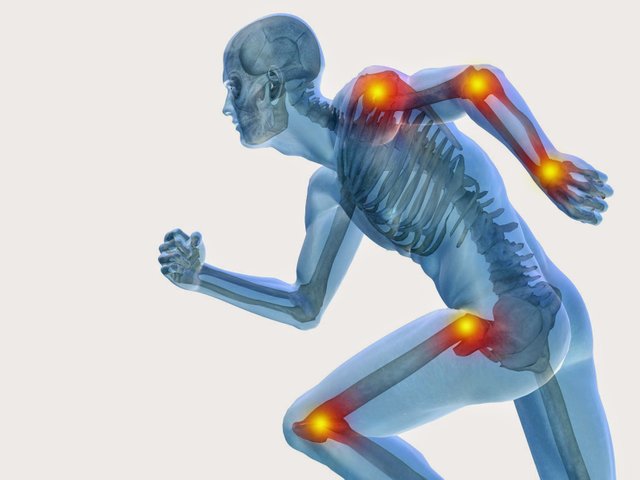
This is because when we train muscle strength, it improves earlier in the muscles than in the tendons and ligaments. The problem comes when we want quick results by skipping the anatomical adaptation phase and skipping the specificity of the training. We need the muscle to adapt first to strength training, thus having the necessary base to erect the type of muscle that we want, making it more able to withstand forces. Therefore, the phase of anatomical adaptation is fundamental to avoid the injuries that strength training can bring us.

There are many times that we complain of trunk pains, and more specifically in the lumbar. Whether due to bad postures, bad movements, blows, excessive loads, etc., the lower back is one of the most affected in this sense, and therefore the best protection to get rid of all this is to have this area as strong as possible. 3 are the keys to having the trunk strong and compensated:
Train the abdominal muscles:
The abdominal area not only includes the rectus abdominis (failure very common among people) but it is a compendium of muscles that are directed in several directions fortifying as a frame the trunk with the help of the lumbar. In this way when all these muscles are in an optimal state, the abdominal area becomes a very powerful area that also helps to perform movements in all directions with great ease.These movements that go in all directions would be very difficult if not for the external and internal oblique abdominals, which as previously mentioned help to flex the hip, to turn, etc ... Essential for fighting sports among others.
When we meet a subject who does not have a strengthened abdominal area, the lumbar muscles tend to pull so that the hips lean forward, developing hyperlordosis (increased curvature of the spine at the lumbar level) that causes pain and certain disabilities for some sports.
Train the muscles of the back:
At the same time that the abdominal muscles, those of the back collaborate and are responsible for movements such as the extension of the back, and the rotation and extension of the trunk. These must be strong and balanced, since the spine absorbs great impacts when we make jumping or landing movements, creating tensions in many excessive occasions that can damage the intervertebral discs. But not only sudden movements can cause traumatisms or wear, as has been said before, bad positions such as for example the forward inclination of the body varies the disc pressure.In short, the work of these muscles and the care of postural hygiene in training or at home, we will avoid problems that in the long term can be important for our most functional tasks of the day to day, and not only that, it will provide us with a plus to improve in our sport.
Train the iliac psoas:
It is one of the most forgotten and most important muscles. It is the most powerful hip flexor muscle that exists despite its small size. It is essential for those exercises or sports in which it is important to run and flex the hip, providing greater ease and flexing power. That is why this muscle falls within the indispensable in sports disciplines.You can train him with leg and knee lift exercises against a resistance.
We call primary motors the muscles responsible for the particular movement we want to perform. Well, these work more effectively if the stabilizing or fixing muscles collaborate in a coordinated manner with the action. If the stabilizers do not work coherently or do not have strength, the contraction capacity of the main muscles will be inhibited. For example: When we want to do in the gym biceps with dumbbell flexing the elbows, the fixing muscles would be those of the shoulders being immobilized so that the contraction is more effective.
The muscles of the trunk are the stabilizers par excellence, participating and helping in almost all movements such as rowing, transmitting the strength that starts from the legs to the arms and back that pull the movement.
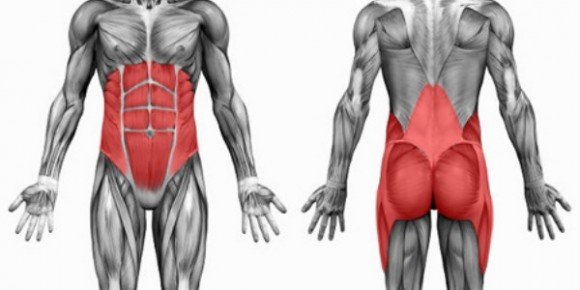
As it was said at the beginning the phase of anatomical adaptation is essential to build the base of our body, so it would be best to train these muscles in this phase and thus avoid serious injuries to our muscles.
Each sport has its special movements, gestures, maneuvers, etc ... In these movements the muscles work in a coordinated manner and apply certain forces to achieve their purpose, such as: Take a bounce in basketball. Specific forces are used with great power and using a kinetic chain, so that first extend the knees, hips and finally the ankles. If we worked each muscle in isolation as in bodybuilding, we would adapt our body to movements that do not resemble our sport and therefore we would not get the result we want.
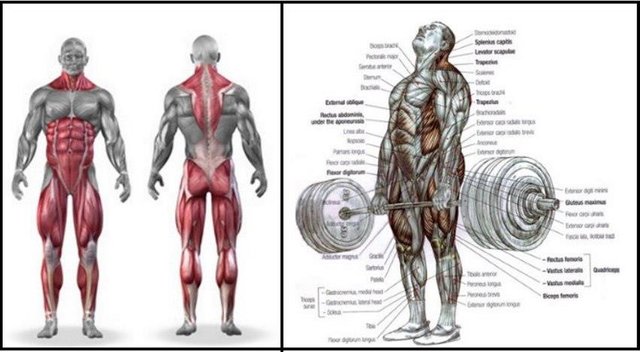
For this reason it is not always best to train in isolation, but doing the exercises in the most similar way possible to our sport either with dragons, medicine balls, weights, plyometric material (for jumps), etc. This is one of the most important rules there is, called the principle of specificity, which tells us that in order for a training to be effective and achieve adaptation, we must focus it in a way that develops the specific strength of that sport.
Rule 6 and most important:

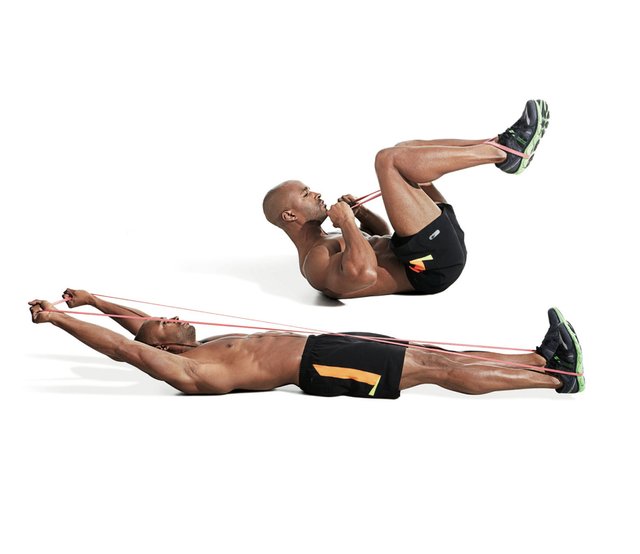
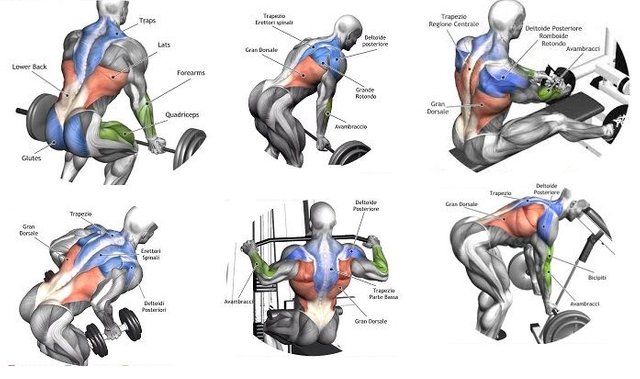
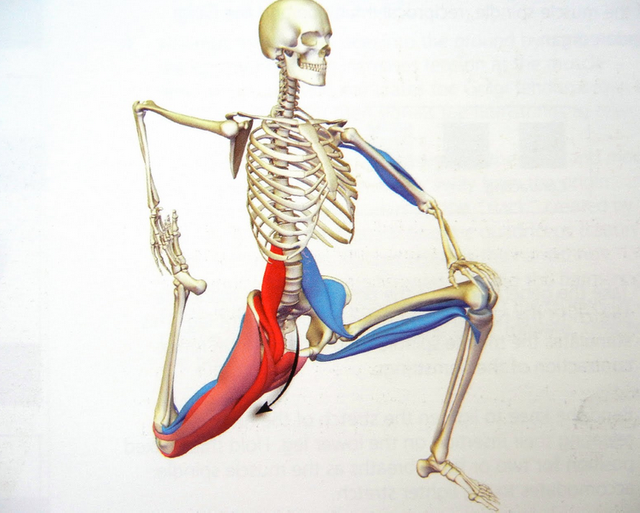
asd
The force is with you! You got a 25.37% upvote from @steemyoda courtesy of @armandoandre!
Congratulations! This post has been upvoted from the communal account, @minnowsupport, by ArmandoAndre from the Minnow Support Project. It's a witness project run by aggroed, ausbitbank, teamsteem, theprophet0, someguy123, neoxian, followbtcnews, and netuoso. The goal is to help Steemit grow by supporting Minnows. Please find us at the Peace, Abundance, and Liberty Network (PALnet) Discord Channel. It's a completely public and open space to all members of the Steemit community who voluntarily choose to be there.
If you would like to delegate to the Minnow Support Project you can do so by clicking on the following links: 50SP, 100SP, 250SP, 500SP, 1000SP, 5000SP.
Be sure to leave at least 50SP undelegated on your account.
The force is with you! You got a 17.24% upvote from @steemyoda courtesy of @armandoandre!
Thanks for the wonderful post. @jamescrusader kryptonia id